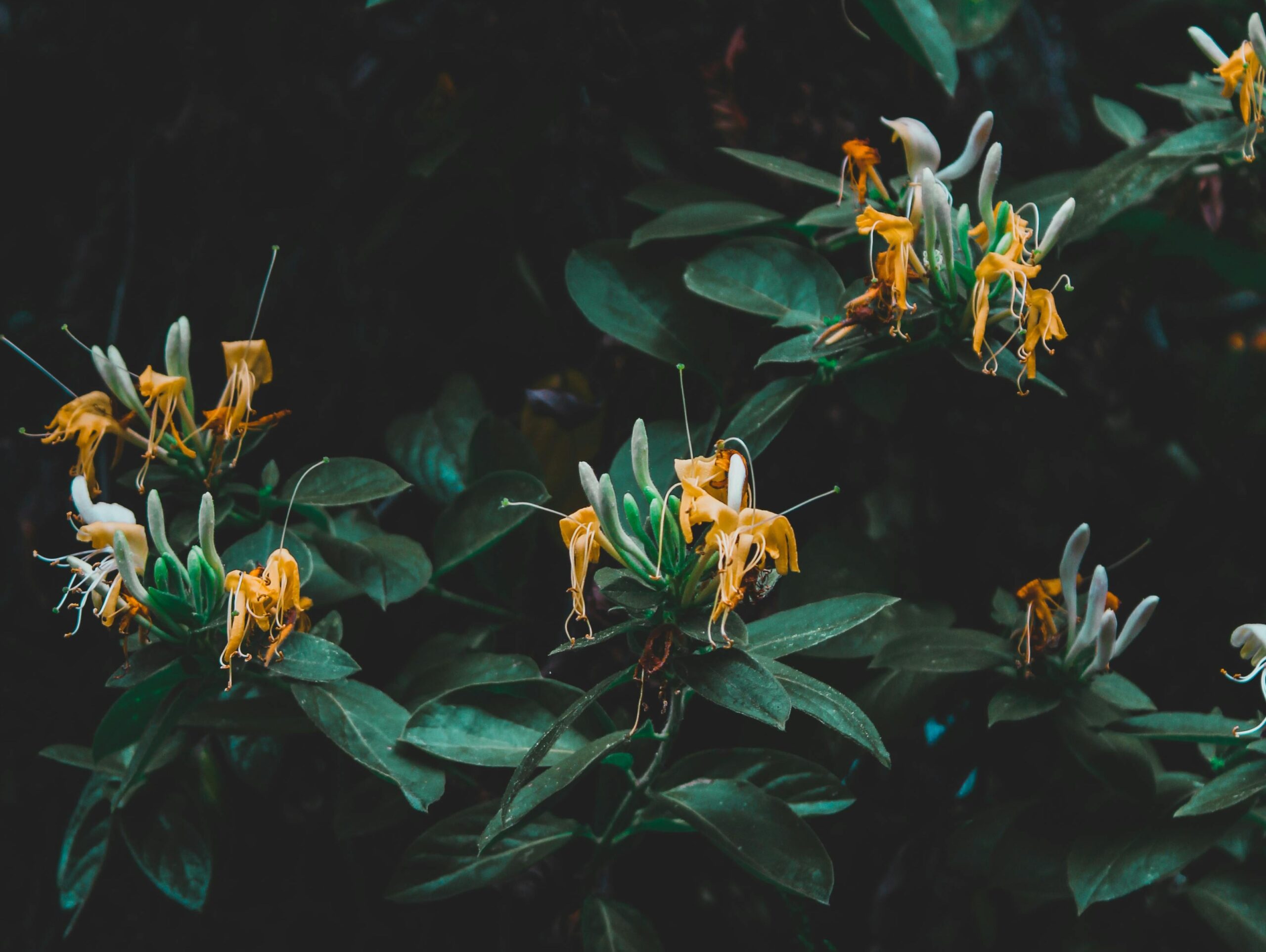Post-Thanksgiving adventures: Hiking and honeysuckle removal

MACOMB, Ill. —Thanksgiving is an American tradition. We get together with family or friends to celebrate a successful harvest and recognize what we are grateful for. Thanksgiving has been a part of American culture since the beginning.
While Thanksgiving Day is a tradition, millions of Americans will spend an entire weekend with family and friends. What do you do after the kitchen fire is extinguished and the food is digested? What are your post-Thanksgiving traditions?
We have had a few post-Thanksgiving traditions in our family over the years. The post-Thanksgiving bonfire is a great time. Shopping, of course, seems to be an event that gets some out of the house so others can nap. But how about I offer a new tradition – killing plants!
Allow me to explain.
What better way to work off those calories or blow off some steam than hiking through the woods? And if you hike through almost any wooded area in Illinois you will likely encounter a group of invasive species known collectively as bush honeysuckle. These plants hail from Europe and Asia and were once recommended for planting as ornamentals, for wildlife cover and food, and for erosion control.
Yet away from their native range without any pressure from insects, disease, or herbivores, these shrubs spread through a forest, choking out native species, and reducing species diversity. The less diverse the plant community, the fewer animals that can be supported, leading to a decline in wildlife populations. Overstory trees are not immune to the effects of bush honeysuckle. Research has shown that large trees in forests invaded by bush honeysuckle are stunted by as much as 40 percent!
Bush honeysuckle can be identified by its opposite leaf arrangement, white spring flowers along the stem, and pairs of typically red fruit in the fall. The center of the stem is hollow, whereas Illinois’ single native honeysuckle species has a solid stem.
The easiest identifying feature of bush honeysuckle is in late fall when all other native deciduous plants have dropped their leaves, bush honeysuckle remains green late into autumn.
If you are on a casual hike through the woods, the best tool you have is your hands. Young bush honeysuckle is surprisingly shallow-rooted and pulls up easily. Simply pull up the young woody shrub, shake off the soil, and suspend the roots in the air so they dry out and the plant dies. Sometimes I make a pile, other times I hang the shrub on a nearby tree branch. It is a quick and effective method that doesn’t require heavy equipment or herbicides.
The larger, more established honeysuckle does not pull up so easily. I’d suggest tugging at the plants, and if they don’t budge, just move on with your hike. Don’t throw out your back or fly backward on your rear end trying to pull honeysuckle. Most medium-sized plants can be pulled with the assistance of a lever. You can find companies that sell levers designed for pulling honeysuckle.
As for the large, established honeysuckle, you would need a tractor or skid steer to pull it out of the ground, and it would disturb quite a bit of soil in doing so. That’s when we often need to turn to herbicides.
Yet, for those smaller honeysuckle plants you can make a good dent in their population by pulling them like a weed in a garden. Plus, it is quite satisfying, especially after spending extended periods with family and friends over the Thanksgiving holiday. Happy hiking and pulling!
Miss Clipping Out Stories to Save for Later?
Click the Purchase Story button below to order a print of this story. We will print it for you on matte photo paper to keep forever.

